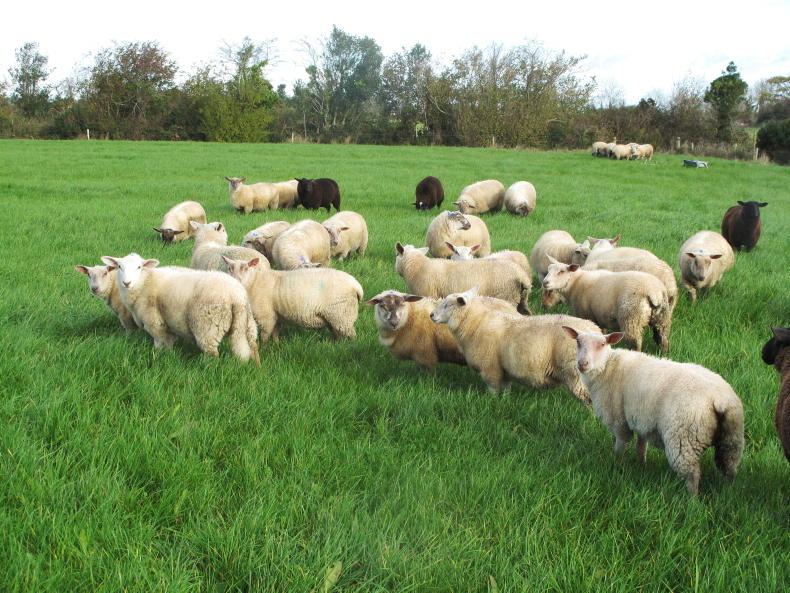Variable lamb performance
There are hugely conflicting reports from farmers regarding lamb performance, both in terms of daily liveweight gain at grass and slaughter performance. Some farmers have reported lambs being offered good-quality grass gaining negligible weight in recent weeks and also failing to improve significantly in body condition.
Similar reports are being raised by some advisers and vets, with a few possible areas to explore. There are numerous reports of a spike in worm burdens in faecal egg counts. In some cases, this has occurred shortly after treatment and is explained by recent weather conditions where rainfall following a prolonged dry spell gave rise to mass hatching at a time of year when the worm burden in pasture is also on the rise.
It is important to note that lambs can be suffering from a high worm burden without exhibiting dirty tailends, with research proving that this is not an accurate sign to determine the worm burden. Faecal egg counts should be submitted for analysis and it is also useful at this time of year to follow-up treatment with another faecal egg count to ensure there is no resistance to the wormer used.
Another issue cropping up regularly is cobalt deficiency. This is a regular issue on a lot of Irish farms. Characteristic signs include lambs performing below target or losing condition despite on a relatively good level of nutrition, while common signs of advanced problems are lambs starting to pine away, going dry in the wool and in some cases the skin on their ears becoming scaly or scabby, with skin flaking away.
Veterinary advice highlights that lambs require about 1mg cobalt per head per day. Sheep do not have the ability to store cobalt and therefore supplementation will be required typically every two weeks where administering an oral drench, with other forms of supplementation including blousing, feeding meal with a sufficient level of cobalt.
The final factor that will play a greater role in the weeks ahead is grass utilisation. Where lambs are grazing lush swards with a low dry matter content, they will not absorb the same level of nutrients. In such cases, offering a small level of concentrate supplementation will help. This is especially beneficial with forward ram lambs reaching maturity to improve fat cover and kill-out. Regular weighing is vital to accurately identify the issues described above.
Systemic Pasteurellosis
The Department of Agriculture Animal Health Surveillance Division has released an information note relating to Systemic Pasteurellosis following two outbreaks in Roscommon and Athlone where four lambs were lost from a batch of 600 purchased lambs and a serious outbreak where 20 lambs died from a flock of 180 lambs in three days.
The Department note highlights predisposing factors to the development of Pasteurellosis, including stressors such as concurrent infection, parasitism, overcrowding, exposure to inclement weather, poor ventilation, handling, and transportation.
Clinical signs of Systemic Pasteurellosis in lambs include pyrexia, lethargy, inappetence, and sudden death. Similar to clostridial diseases, certain flocks are more prone to the issue and in these cases, vaccination is essential. Unexplained deaths should be investigated with post-mortem analysis via your vet and swift action should be taken where there are deaths in a short timeframe – as this example shows, an outbreak can lead to significant losses.






 This is a subscriber-only article
This is a subscriber-only article










SHARING OPTIONS: